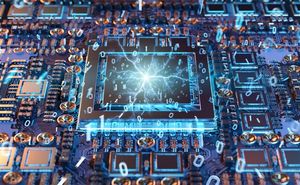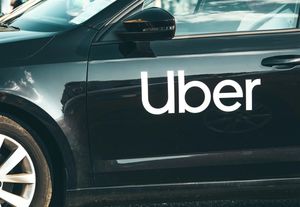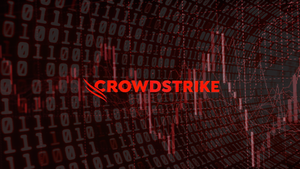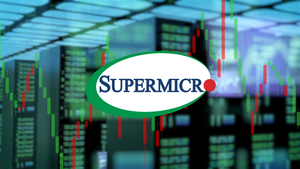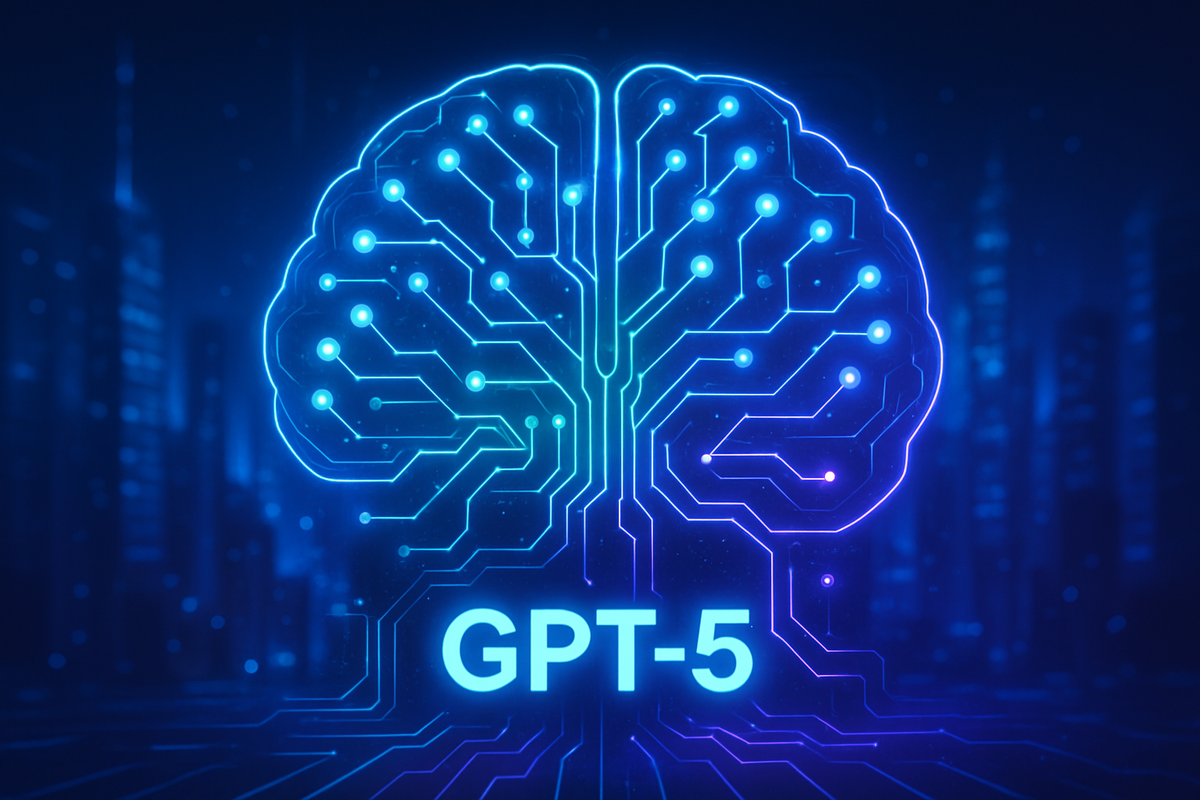
The technological world is abuzz with anticipation as OpenAI prepares to unleash GPT-5, a monumental leap forward in artificial intelligence. Speculation suggests this next-generation model will transcend the capabilities of its predecessors, promising "true multimodality" and "PhD-level reasoning." This impending release is not merely an incremental update but a potential paradigm shift, poised to redefine how humans interact with AI and fundamentally reshape industries across the globe.
The immediate implications of GPT-5's arrival are profound. It is expected to solidify OpenAI's (NYSE: MSFT) position as a dominant force in the AI landscape, intensifying competition with rivals like Google (NASDAQ: GOOGL) and Anthropic. Beyond market dynamics, GPT-5's enhanced capabilities in understanding, reasoning, and autonomous task execution could democratize advanced AI, making sophisticated tools accessible to a broader audience and accelerating the development of "AI-native" applications.
A New Era of AI: What Happened and Why It Matters
OpenAI's GPT-5 is not just another iteration; it's being hailed as a unified, more intelligent, and autonomous AI system. The core technological advancements anticipated in GPT-5 are set to revolutionize AI interactions and applications. At the forefront is "true multimodality," which will allow the AI to seamlessly process and integrate various data forms, including images, audio, and crucially, native video. This means GPT-5 could analyze, interpret, and interact directly with video content, opening up unprecedented applications from summarizing lectures to providing real-time insights during live streams.
Furthermore, GPT-5 is projected to exhibit "PhD-level" reasoning capabilities. This signifies a dramatic improvement in logical problem-solving, enabling the AI to handle complex, multi-step tasks with significantly reduced hallucinations. This enhanced reliability is critical for AI to move beyond basic assistance and become a trusted tool for professional and academic work. Complementing this, expanded context windows, potentially reaching up to 1 million tokens, will allow the AI to maintain coherence in lengthy conversations, analyze extensive documents, and remember past interactions across sessions, leading to more relevant and accurate responses.
The timeline leading up to this moment has been marked by rapid advancements in AI. From the initial breakthroughs of large language models to the multimodal capabilities introduced with GPT-4o, OpenAI has consistently pushed the boundaries. GPT-5 represents the culmination of these efforts, aiming to unify specialized models into a single, more powerful system, eliminating the need for users to switch between different AI tools for various tasks. Key players involved include OpenAI's leadership, particularly CEO Sam Altman, who has teased the model's unprecedented intelligence, and the vast ecosystem of developers and researchers who will leverage its capabilities. Initial market reactions have been characterized by intense anticipation, with investors and tech enthusiasts keenly watching for official announcements and demonstrations that could further validate the transformative potential of this technology.
The Shifting Sands: Winners and Losers in the GPT-5 Era
The advent of GPT-5 is poised to create a significant ripple effect across the technology and business landscapes, clearly delineating potential winners and losers. At the forefront of the winning side will undoubtedly be OpenAI itself, and by extension, its primary investor, Microsoft (NASDAQ: MSFT). With GPT-5's anticipated capabilities, OpenAI is set to solidify its market leadership, attracting a broader user base and driving further adoption of its API services. Microsoft, having integrated OpenAI's technologies deeply into its Azure cloud services and various software products, stands to gain immensely from increased cloud consumption and enhanced product offerings, from Microsoft 365 to its developer tools.
Companies that are quick to integrate and innovate with GPT-5's advanced features will also emerge as significant winners. This includes a wide array of software developers and startups focused on building "AI-native" applications. For instance, companies specializing in AI-powered customer service solutions, legal tech, healthcare diagnostics, and digital marketing platforms could see their offerings dramatically enhanced by GPT-5's reasoning, multimodality, and expanded context windows. These businesses will be able to deliver more sophisticated, accurate, and personalized services, potentially disrupting traditional industries and gaining a competitive edge.
Conversely, the release of GPT-5 could pose significant challenges for companies that fail to adapt or those whose core business models are directly challenged by advanced AI. Smaller AI model developers or those offering less sophisticated, single-modality AI solutions might find it difficult to compete with GPT-5's unified and powerful capabilities. Furthermore, businesses heavily reliant on manual processes for tasks that GPT-5 can automate – such as extensive data analysis, content generation, or complex problem-solving – could face pressure to re-evaluate their operational strategies. Companies that are slow to adopt AI or invest in integrating these new technologies risk falling behind, potentially losing market share to more agile, AI-powered competitors. The competitive landscape among major AI players like Google (NASDAQ: GOOGL) with its Gemini series and Anthropic with its Claude models will also intensify, forcing them to accelerate their own innovation cycles to keep pace with OpenAI's advancements.
Industry Impact and Broader Implications
The arrival of GPT-5 fits squarely into the broader industry trend of accelerating AI development and the push towards more generalized and autonomous AI systems. This event signifies a major step towards Artificial General Intelligence (AGI), even if it's not the final destination. Its "true multimodality" and "PhD-level reasoning" capabilities will set a new benchmark for AI performance, compelling competitors to rapidly innovate or risk being left behind. The potential ripple effects on competitors are significant; companies like Google (NASDAQ: GOOGL) with Gemini and Anthropic with Claude will face immense pressure to demonstrate comparable or superior capabilities, potentially leading to an AI arms race in research and development. Partners of OpenAI, particularly Microsoft (NASDAQ: MSFT), will see their strategic investments validated and their product ecosystems further enhanced, solidifying their positions in the cloud and enterprise software markets.
Beyond direct competitors and partners, GPT-5's impact will extend to various sectors. In healthcare, AI could revolutionize diagnostics and personalized medicine by analyzing vast amounts of patient data, medical imaging, and global research for faster, more accurate diagnoses and treatment plans. The legal industry could see AI drafting, reviewing, and negotiating contracts, flagging only novel issues for human attorneys. In software development, enhanced coding abilities will further empower developers, potentially accelerating the pace of innovation and reducing development cycles. The increased sophistication of AI also brings significant regulatory and policy implications. Governments worldwide will likely intensify discussions around AI governance, ethics, safety, and potential misuse, leading to new regulations concerning data privacy, algorithmic bias, and the responsible deployment of highly autonomous AI systems.
Historically, the introduction of groundbreaking technologies, such as the internet or the smartphone, has led to similar periods of rapid innovation, industry disruption, and the emergence of entirely new markets. GPT-5's potential to act as an autonomous agent for complex tasks, managing calendars, handling email correspondence, and coordinating project workflows, echoes the transformative power of previous technological revolutions. This shift towards more autonomous AI could fundamentally alter the nature of work, requiring businesses and individuals to adapt to new paradigms of productivity and collaboration. The ethical considerations surrounding such powerful AI systems, including concerns about safety, control, and potential misuse, will also become more pronounced, necessitating robust frameworks for responsible AI development and deployment.
What Comes Next
In the short term, the release of GPT-5 will likely trigger an immediate surge in interest and adoption across various industries. Businesses will scramble to understand and integrate its advanced capabilities into their operations, leading to a rapid proliferation of new AI-powered applications and services. We can expect to see a significant increase in demand for AI talent, as companies seek experts to leverage GPT-5 effectively. OpenAI will likely focus on optimizing its infrastructure to handle the anticipated high demand, especially for resource-intensive features like native video processing, potentially leading to initial "capacity crunches."
In the long term, GPT-5's influence could lead to profound strategic pivots across the technology landscape. Companies that traditionally relied on human-intensive processes for tasks like content creation, data analysis, or customer service will need to adapt, potentially re-skilling their workforce and re-engineering their workflows to incorporate AI. This presents both immense market opportunities for AI solution providers and significant challenges for businesses resistant to change. New market segments focused on AI governance, ethical AI development, and AI-human collaboration are also likely to emerge and grow.
Potential scenarios include a rapid acceleration towards more generalized AI, where GPT-5 acts as a foundational model for a vast ecosystem of specialized AI agents. This could lead to unprecedented levels of automation and efficiency across industries. However, challenges such as ensuring AI safety, mitigating bias, and addressing the societal impact of widespread automation will become even more critical. The competitive landscape will continue to evolve, with other tech giants pushing their own advanced models, potentially leading to a multi-polar AI world. The ultimate outcome will depend on how effectively businesses and policymakers navigate these opportunities and challenges, shaping a future where AI plays an increasingly central role in human endeavors.
Conclusion
The impending launch of OpenAI's GPT-5 represents a pivotal moment in the evolution of artificial intelligence. The key takeaways from this anticipated event are its projected "true multimodality" and "PhD-level reasoning," which promise to deliver an AI system capable of seamlessly integrating diverse data forms and performing complex, logical problem-solving with unprecedented accuracy. This leap forward is expected to significantly reduce hallucinations and expand context windows, making AI interactions more reliable and comprehensive.
Moving forward, the market will likely witness a heightened pace of innovation and competition. OpenAI's position as a leader in the AI space will be further solidified, but rivals like Google (NASDAQ: GOOGL) and Anthropic will undoubtedly intensify their efforts to keep pace. The broader implications for industries are transformative, with potential revolutions in healthcare, legal services, software development, and beyond, driven by GPT-5's ability to act as an autonomous agent for complex tasks.
The lasting impact of GPT-5 could be the democratization of advanced AI, making sophisticated capabilities accessible to a wider audience and fostering an explosion of "AI-native" applications. However, this also brings critical considerations regarding ethical AI development, safety, and the societal implications of increased automation. Investors should closely watch for official announcements from OpenAI, the adoption rates of GPT-5 across various sectors, and the strategic responses from competing AI developers. The coming months will be crucial in determining the full extent of GPT-5's influence and its role in shaping the future of artificial intelligence.
